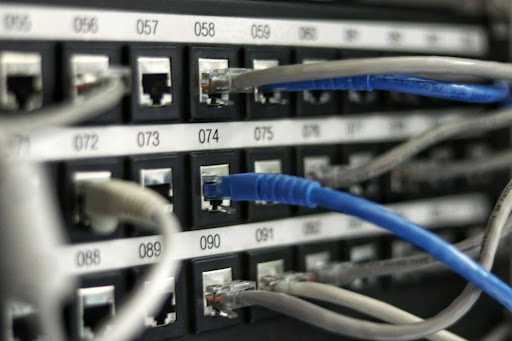What Is a Cable Assembly, Really?
At its core, a cable assembly is a group of wires or cables that are organized, shielded, and fitted with connectors to carry electrical signals or power between systems. More than just bundled wires, these assemblies are engineered for specific purposes — designed to ensure stable performance, secure fit, and resistance to physical and electrical stress. In nearly every modern device, from industrial robots to medical imaging machines, cable assemblies serve as the silent infrastructure enabling safe and efficient communication between components.
Why It Matters: Beyond Simple Connections
Device failures do not usually start with processors or screens. They often begin with a single weak link: a cable that was not built to withstand heat, tension, vibration, or interference. A connection might look solid, but if the cable is not purpose-built, performance degrades quickly. Signal integrity suffers. Overheating occurs. Systems shut down when they are needed most.
That is why cable assemblies are more than just conduits. They are solutions. The right assembly improves device longevity, reduces downtime, and ensures the consistent flow of data and power even in the most demanding environments.
Designed for Specific Industries
The critical role of cable assemblies becomes even more apparent in high-reliability industries. In automotive systems, cables must endure intense vibration, rapid temperature swings, and limited space. In medical equipment, they must meet strict hygiene and electrical standards, often operating continuously without room for error. In aerospace and defense, failure is not an option.
Each sector comes with unique demands from specialized shielding to fire-retardant jacketing or miniature connectors. General-purpose cables are rarely sufficient. Assembly designs must be tuned not just to the electrical needs but also to the physical context, environmental conditions, and compliance standards of their industry.
It’s About Compatibility and Consistency
Modern electronics are increasingly compact, fast, and sensitive. With more functionality packed into tighter spaces, component compatibility becomes essential. A cable might fit into a port, but without proper impedance, insulation, or mechanical support, its reliability can quickly degrade.
That is why engineering teams focus on the details: bend radius, current load, electromagnetic interference protection, connector tolerance, and material durability. Getting these elements right in a custom cable assembly helps prevent failure points across the system. It is not just about building a working product. It is about building a system that works consistently now and over time.
Customisation Is Key
No two products are the same, so their cables should not be either. When engineers need flexibility in layout or face constraints due to enclosure size, power specs, or certification requirements, custom cable assemblies offer the solution. They allow the product design to drive the interconnect, not the other way around.
This is where a provider like Circuit Assembly brings value. With deep expertise in custom cable manufacturing, their ability to develop tailored assemblies helps companies bridge the gap between concept and production. From early-stage prototyping to full-scale manufacturing, customisation ensures that cables match the application rather than forcing compromise.
Reducing Failure, Saving Time
Faulty or ill-fitting cables do not just slow down assembly lines. They increase troubleshooting time, inflate service costs, and jeopardize customer trust. Downtime due to cable-related faults can mean missed production targets or delayed product launches. Worse, they can result in product recalls or warranty claims.
Investing in the right cable assembly at the design stage helps reduce these risks. Proper testing and material selection up front prevent costly revisions later. When an assembly is built to spec, installation is smoother, field performance is more predictable, and support calls are fewer.
Cable Assemblies in the Age of IoT and AI
The rapid rise of connected technologies, from smart appliances to autonomous systems, brings more data, more devices, and more pressure on physical interconnects. Cables now need to carry power and data at higher speeds, across longer distances, often within compact, mobile, or harsh environments.
In this environment, performance bottlenecks and data errors can have real consequences. High-quality cable assemblies help maintain the integrity of communication networks, sensors, control units, and edge devices. As smart systems become the norm, robust cabling is what makes machine-to-machine communication possible.
Making the Right Choice
Sourcing the right cable assembly is not just a procurement task. It is a strategic decision. The quality of your cables directly influences the performance, safety, and lifespan of your end product. That is why working with an experienced partner matters. It ensures that every detail, from wire gauge to shielding to termination method, is considered.
Choosing a trusted cable assembly provider means access to expert design input, material selection guidance, and full production support. It is a collaboration, not just a transaction, and one that contributes to smoother development cycles and stronger products.
Final Thoughts
Strong connections are not just about getting current from one end to the other. They are about stability, precision, and the confidence that your design will hold up under real-world conditions. With a partner like Circuit Assembly, companies gain more than a component supplier. They gain a collaborator who understands that in today’s fast-paced tech environment, the right connection can define the reliability and reputation of the entire product.





























